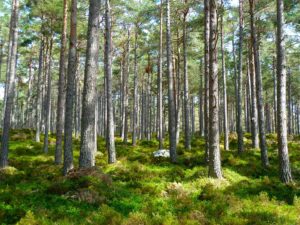[338 words]
He’s known as the “Forest Man of India.”
Over the last 70 years, the Brahmaputra River has eroded over half of the world’s largest river island of Majuli in Assam, India. The mighty river has also claimed over 35 villages.
Nearly 40 years ago, Jadav Payeng, then 16, in an effort to counter the powerful erosive effects of the river and save what was left of the island, began daily planting saplings in the barren soil of the place he calls home. Day after day, month after month, and year after year, Jadav planted one tree at a time.
Now, almost four decades later, a thick forest larger than New York’s Central Park has taken over the once stark terrain.
What does it take to grow a forest? Desire, motivation, commitment, action, persistence, time, patience, nurture, and vision.
What does it take to grow the Lord’s church?
• A desire to save what is left of humanity
• Motivation to plant the seed of truth
• Commitment
• Action
• Persistence in going out into the world to plant
• Time
• Patience while waiting for the seed to take root and grow
• Nurturing of the “saplings” as they strive to survive in a hostile environment
• Vision of what God has in mind for the church
The apostle Paul was a planter, Apollos was a nurturer (1 Corinthians 3:6), and both exhibited a shared desire to save what was left of humanity. Both were motivated to grow the Lord’s body. Both were intensely committed to acting on that desire to plant the seed of the word of God (Luke 8:11).
Paul wrote in 1 Corinthians 9:19 that he had become a servant to all in order to win more of them. Later in the chapter, he states that he became all things to people in order that he might save some (1 Corinthians 9:22).
The seed of God’s word can save the world. God’s people need to be willing to plant day after day, month after month, and year after year.
Troy Albers
Graeber Road church of Christ
Rosenberg, TX
